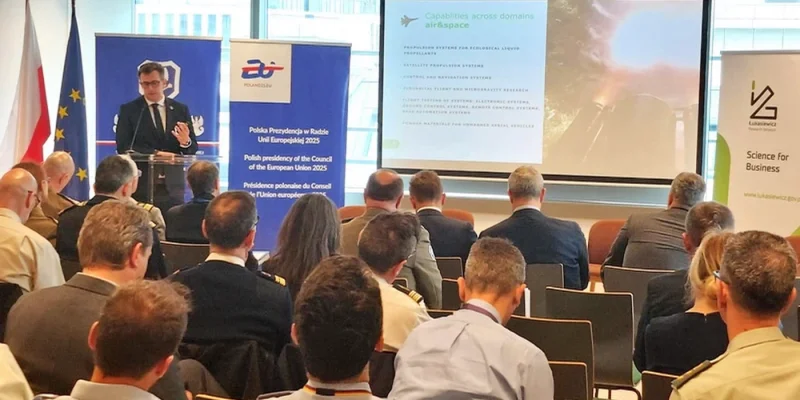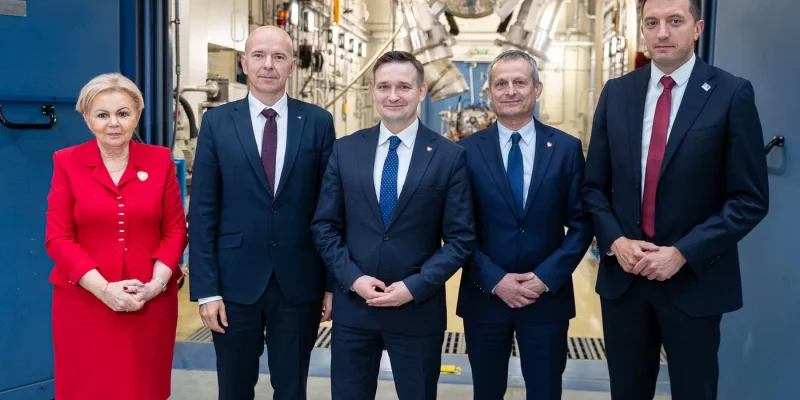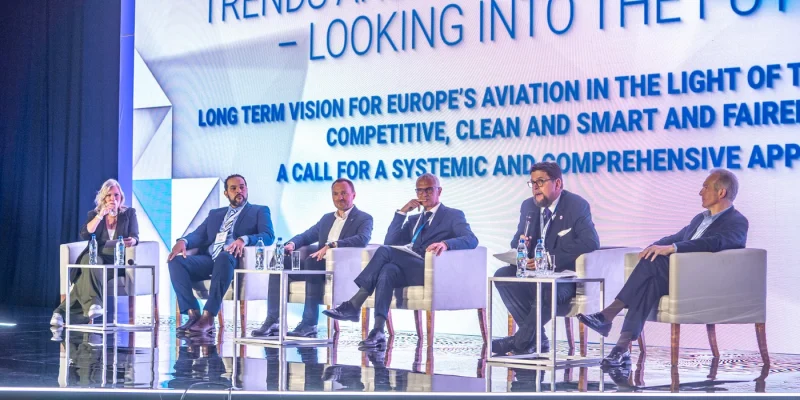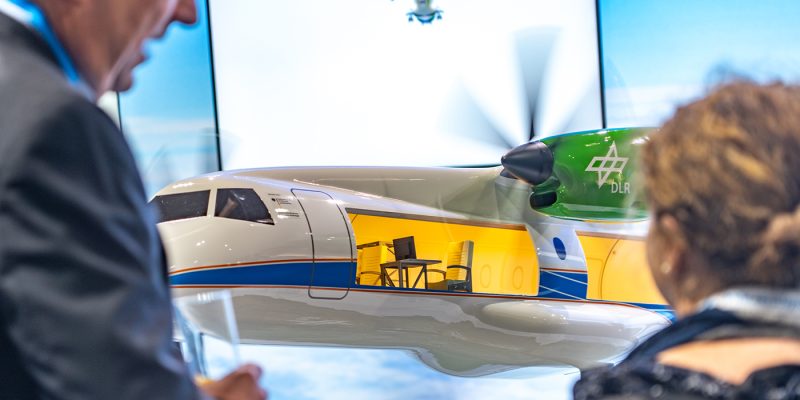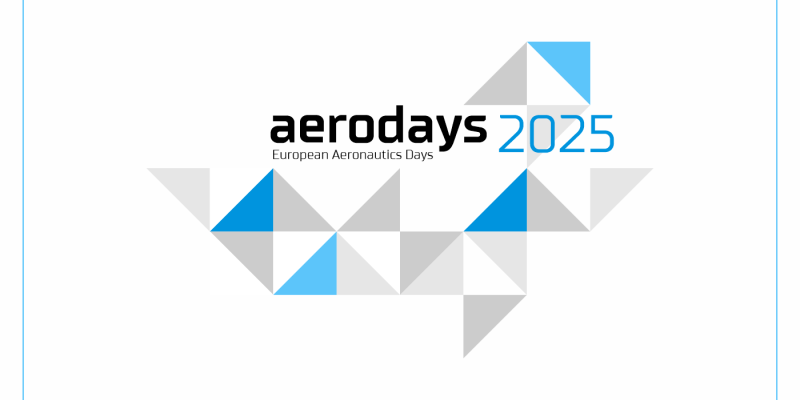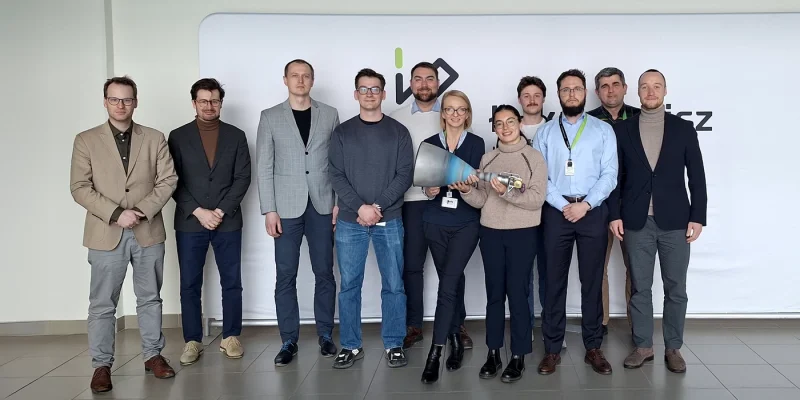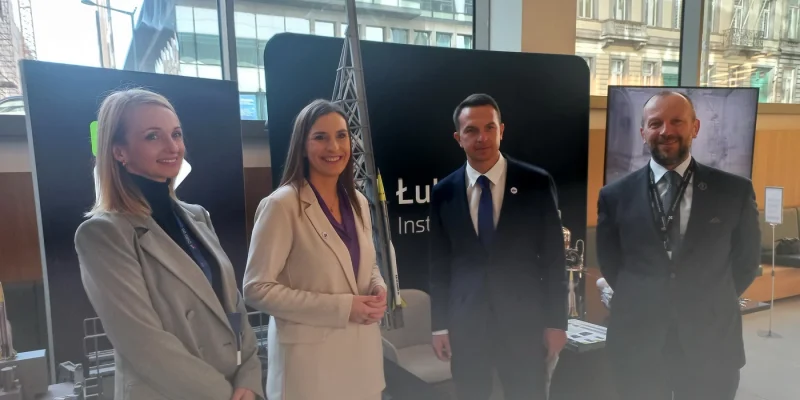The current Clean Sky focus is on large aircraft, regional aircraft and rotorcraft, as well as engines, systems and green design and production.
In view of the goals of the Commission and the Transport Sector to achieve environmentally friendly multimodal trips door-to-door within 4 hours in Europe, the SAT Roadmap (Small Aircraft Transport – Roadmap) Team proposes to continue research and technology development in Horizon 2020 and to introduce in Clean Sky 2 demonstration and validation activities for innovative small commercial aircraft (fixed wing and and rotorcraft) technologies and small aircraft operations, as an option of the Green Regional Aircraft ITD extension.
As it is envisaged in the Flight Path 2050 and the new SRIA, 4hour door to door challenge is a goal for the future multimodal transport system and an opportunity for new innovative air services in an intermodal transport environment; as a consequence a variety of transport services tailored to individual needs should be developed.
A fully developed small aircraft transportation mode (for both passenger and freight) will be able to ensure 4 hour environmentally friendly trips on thin routes, to open up regions in Europe that have a bad surface transport infrastructure (including Mediterranean Sea areas) enabling accessibility to transport and economic growth. The SAT system will partially substitute car travel (for passengers) and small truck transport (for regional freight transport), and alleviate some of the serious European road congestion problems in the future; this transport mode substitution will ensure a much lower environmental impact. The services will be provided by a family of small aircraft (e.g. from 4 to 19 seats) operating in appropriate business models (scheduled air transport services, per seat on demand (shared trips), per aircraft on demand (air-taxi)).
Small aircraft transportation will enable the use of local and regional airfields in Europe (more than 2500 airfields) which are easily accessible to a large set of European population. New vertiports can be established. Also hydro planes can be built at a low costs to serve Europe’s extensive shores.
Small aircraft transportation will be a customer-oriented system fulfilling expectations of future travellers which include personalized travel, with individual tailoring of the travelling experience.
It should be mentioned that European small aircraft manufacturers are often firms of long tradition. Successful implementation of small aircraft transport in Europe would strengthen them, focusing them around modern, large in amount products, enabling business stabilization. So, it will be significant factor of European economy growth.
The Institute of Aviation was represented by Mr Krzysztof Piwek.



